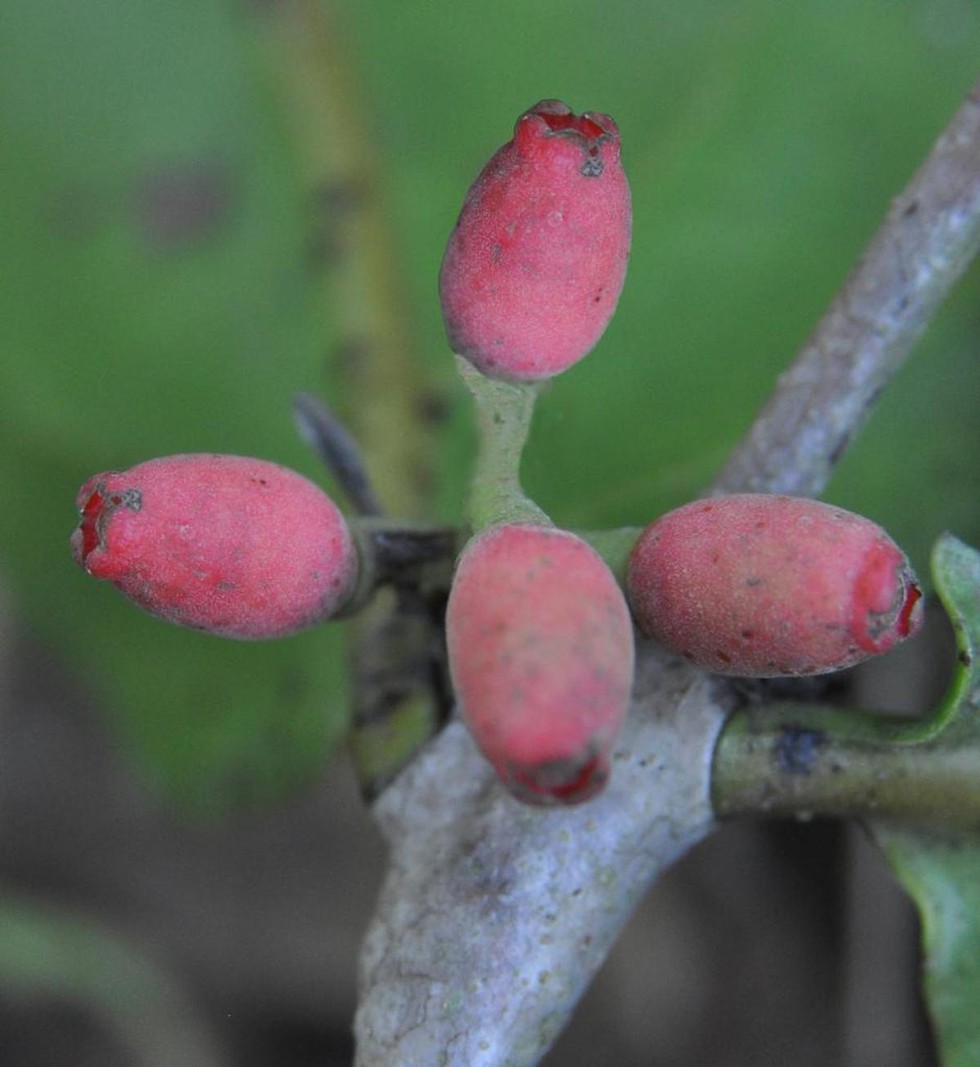
About New Plant Species:
What are biodiversity hotspots?
Tamil Nadu govt plans to build a high...
The annual conference on MND 'Awarene...
The Ministry of Mines recently launch...
A new spider species named Steriphopu...
New findings from NASA's Juno probe p...
Recently, South African scientists in...
Recently, the Defence Research and De...
Union Minister of State (Independent ...
A team of scientists recorded a lone ...
Recently, the Defence Research and De...